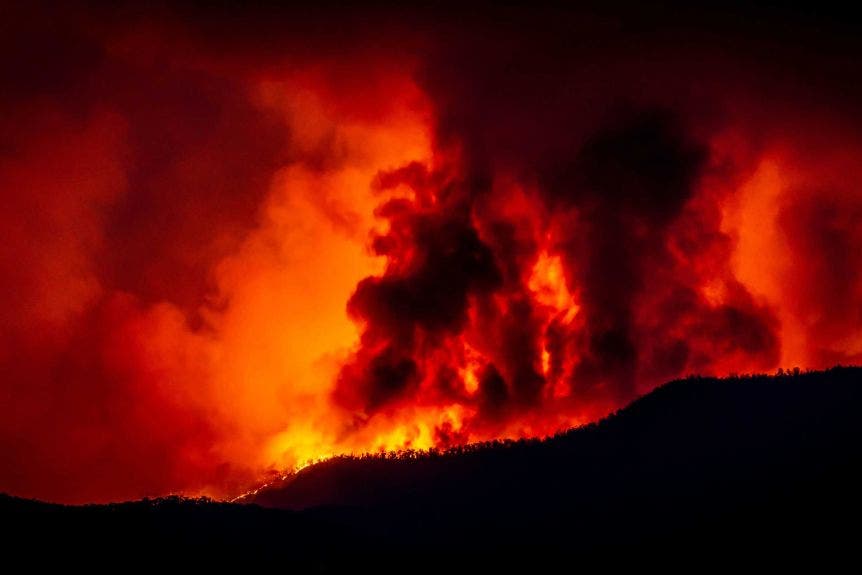Only a few months have passed since the devastating bushfires in Australia, with the images of burned forests, displaced people, and dead animals still fresh in the public awareness.
For researchers, now it’s the time to get some answers on what actually caused the bushfires and made them so extensive compared to previous years.

An international group of researchers looked at Australia’s historical and contemporary land-use and found that logging of native forests can increase the risk and severity of fires — likely having a profound effect on the recent bushfires.
“Logging causes a rise in fuel loads, increases potential drying of wet forests and causes a decrease in forest height,” Professor James Watson said in a statement. “It can leave up to 450 tones of combustible fuel per hectare close to the ground—by any measure, that’s an incredibly dangerous level of combustible material in seasonally dry landscapes.”
The scientists said much of the conversation in the aftermath of the spring and summer bushfires had rightly focused on climate change, but the impact of land management and forestry on fire risk was often left out from these discussions.
They highlighted this as a concern because land management policy was “well within the control of Australians” and because the fires had been used by some sectors of the industry to call for increased logging in some areas. Industry data showed that some 161 million cubic meters of native forest were logged in the period from 1996 to 2018.
“Beyond the direct and immediate impacts on biodiversity of disturbance and proximity to disturbed forest, there is compelling evidence that Australia’s historical and contemporary logging regimes have made many Australian forests more fire prone and contributed to increased fire severity and flammability,” the scientists wrote.
This happens, the researchers argued, because logging leaves debris at ground level that increases the fuel load in logged forests. It also changes forest composition and leaves these areas of forest both hotter and drier. During the bushfire season, fires had spread from logged areas adjacent to old-growth eucalypts and rainforests.
The team suggested a number of responses to reduce the risk of further catastrophic fire seasons, including the “removal of logging from areas where it adds considerably to fuel loads and creates forest structures that increase fire severity and risks to human safety”.
“We urge policy makers to recognise and account for the critical values of intact, undisturbed native forests, not only for the protection of biodiversity, but for human safety,” researcher Michelle Ward said. “Let’s act strongly and swiftly for the sake of our communities, the species they house, our climate and Australia’s wild heritage.”
Australia faced a devastating start to its fire season in late 2019, and things swiftly got worse before rains helped contain much of the fires in February this year. Dozens of blazes erupted in New South Wales, prompting the government to declare a state of emergency.
Fires rapidly spread across all states to become some of the most devastating on record. An area about the size of South Korea, roughly 25.5 million acres, has burned. At least 33 people died and around 3,000 homes were destroyed. More than 1 billion mammals, birds, and reptiles likely lost their lives in the blazes.
The study has been published in Nature Ecology and Evolution.






